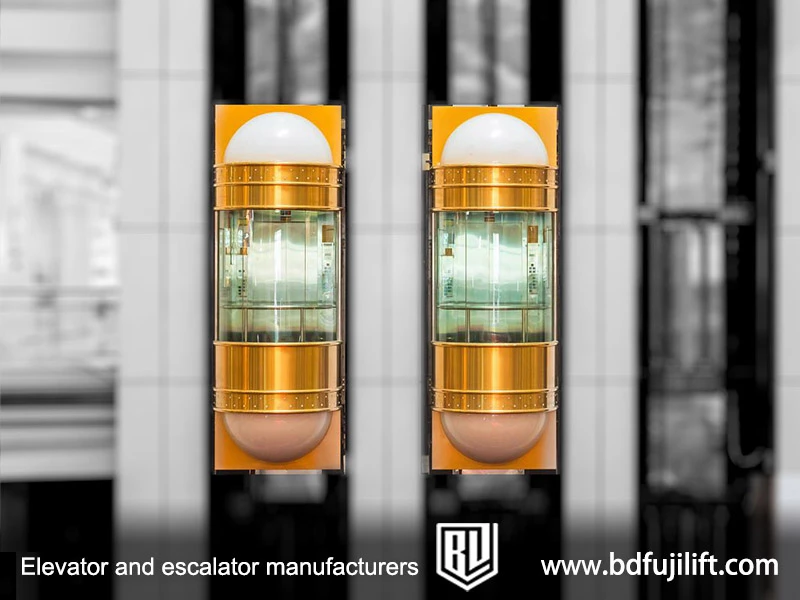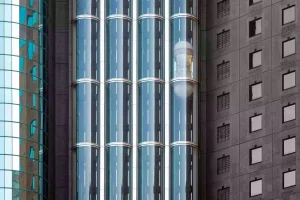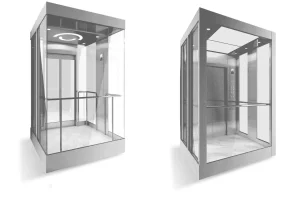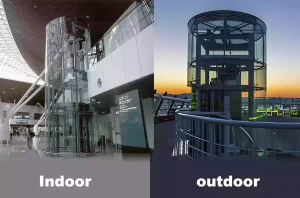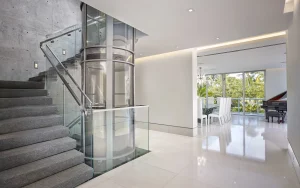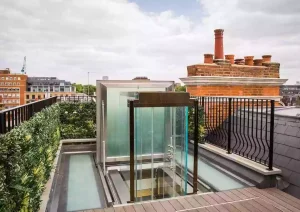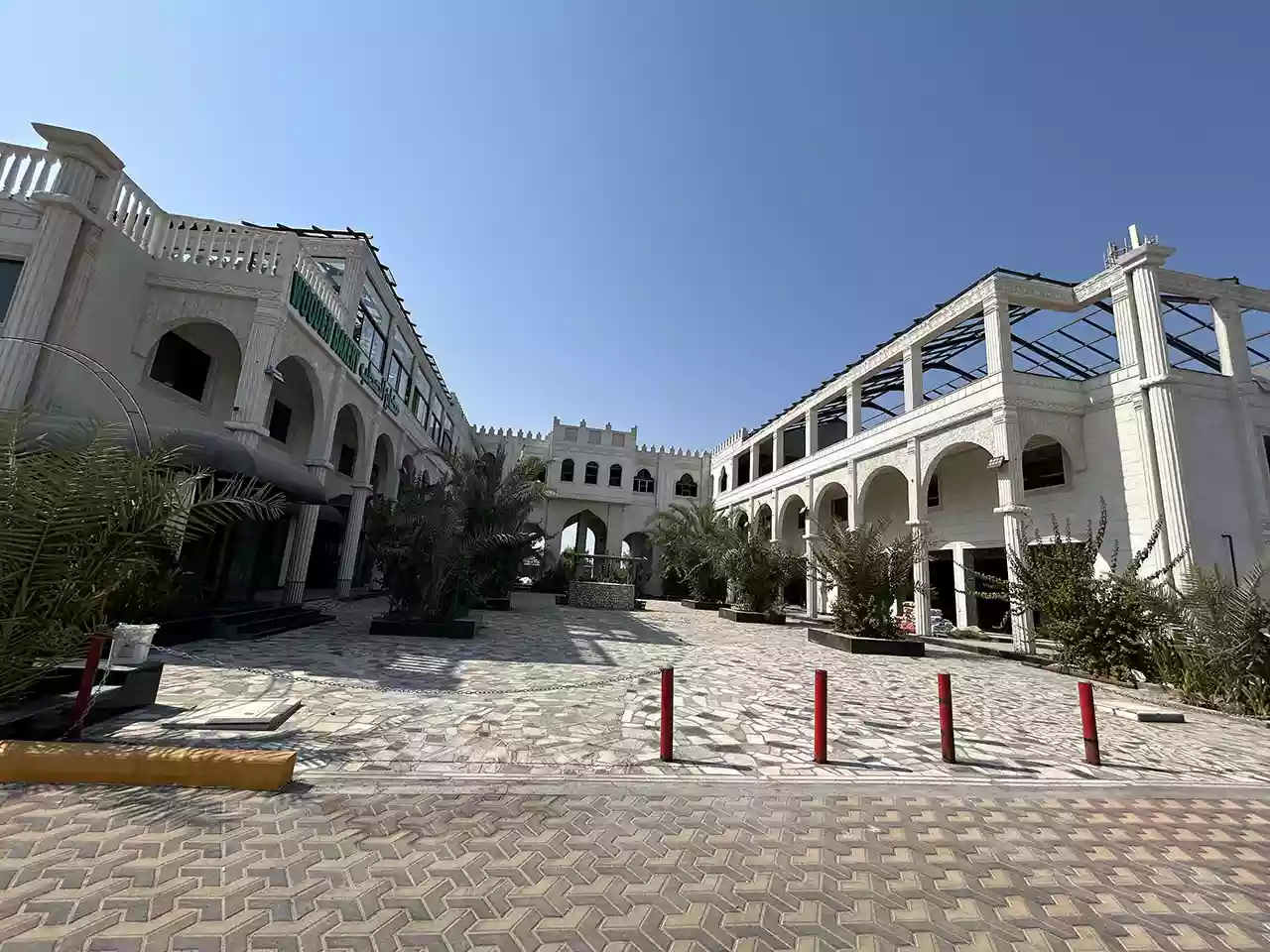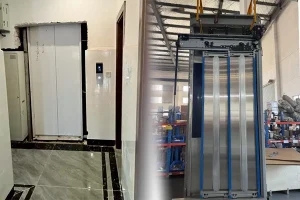A panoramic lift is a type of elevator that offers stunning views as it moves between floors. Unlike traditional elevators, which have enclosed cabins, panoramic lifts feature glass walls, allowing passengers to enjoy the surroundings while traveling. These lifts are not only functional but also add a unique and modern aesthetic to buildings.
In this guide, we’ll take you through everything you need to know about panoramic lifts. We’ll explain how they work, their benefits, the different types available, and where they are most commonly used. Whether you’re considering installing one in a building or simply curious about this innovative technology, you’ll find all the details here.
What is a Panoramic Lift?
A panoramic lift is a type of elevator with glass walls that allow passengers to enjoy the view as they travel between floors. Unlike traditional elevators that have solid walls, a panoramic lift offers a clear, wide view of the surroundings, making it a popular choice in places where the view is a key feature, like shopping malls, hotels, and high-rise buildings.
This type of elevator works just like a regular elevator. It uses a system of pulleys, cables, and motors to lift and lower the car. But, the key difference is that the car is made of glass, giving passengers an open, clear view as they travel.
A panoramic lift not only serves as a practical means of transportation but also adds a touch of style and modern design to any building.
How Does a Panoramic Lift Work?
The operation of a panoramic lift is like other types of elevators, but the key difference lies in the lifting mechanism and design. These lifts use either a hydraulic system or traction system to move the elevator car.
In a hydraulic system, a piston pushes the elevator car up by using pressurized fluid. In a traction system, the lift is moved by ropes and a motor that pulls or lifts the elevator. Both systems are controlled by a computer system to ensure precise and smooth movement.
What makes the panoramic lift unique is its glass structure. The walls are made from strong, transparent materials like tempered glass, which are durable and safe. These materials allow passengers to enjoy a clear view of the surrounding environment, making the ride both practical and enjoyable.
What are the Key Components of a Panoramic Lift?
A panoramic lift is made up of several important parts:
- Glass Cabin : The glass cabin is the most noticeable part of a panoramic lift. It allows passengers to enjoy a 360-degree view of the surroundings. The cabin is made from strong, clear glass to ensure safety while still providing an open, scenic ride.
- Lift Shaft : The lift shaft is the vertical space where the lift moves. It is usually enclosed to keep the lift secure as it travels up and down. The shaft provides stability to the lift and houses the lifting mechanism.
- Motor and Lifting Mechanism : The motor and lifting mechanism are what make the lift move. These systems use either hydraulic or traction systems to raise and lower the cabin. The motor is controlled by a computer system that ensures smooth and safe movement of the lift.
- Control Panel : The control panel is where passengers or operators can control the lift. It is usually located inside the cabin or outside near the entrance. The panel allows you to select your desired floor and includes safety features such as emergency stop buttons.
- Door System : The door system includes the automatic doors that open and close when the lift reaches each floor. These doors are usually made of glass to match the design and allow passengers to enjoy the view as they approach their destination.
- Safety Features : A panoramic lift is equipped with several safety features to ensure smooth and secure operation. These include safety brakes, overload sensors, and emergency communication systems. These features help to prevent accidents and ensure passengers’ safety during their ride.
What Types of Panoramic Lifts Are Available?
Panoramic lifts come in various types, each designed to meet different architectural and functional needs. These lifts can be classified based on design, shape, location, and drive system. Let’s explore the key types in each category:
Based on Design
- Full-Glass Panoramic Lift : A full-glass panoramic lift is made entirely of tempered glass, including the walls, ceiling, and floor. This design offers passengers a complete panoramic view, making it perfect for scenic locations like hotels, shopping malls, and resorts.
- Partial-Glass Panoramic Lift : A partial-glass panoramic lift has one or two glass walls, with the rest of the lift being opaque. This type is commonly used in office buildings or residential areas where privacy is important, but a view is still desired.
Based on Shape
- Semi-Circular Panoramic Lift : A semi-circular panoramic lift features curved glass walls that create an open, unobstructed view of the surroundings. This lift design is often found in shopping centers and modern office buildings, adding elegance and spaciousness to the area.
- Angled or Polygonal Panoramic Lift : An angled panoramic lift, also known as a polygonal lift, features glass walls arranged at specific angles. This creates dynamic visual effects and offers many perspectives. These lifts are often custom-designed for unique architectural spaces.
- Square Panoramic Lift : A square panoramic lift is the most traditional and common type. It has flat glass panels on one or more sides of the cabin, providing clear, unobstructed views. This type is versatile and can be installed in both residential and commercial buildings.
Based on Location
- External Panoramic Lift : An external panoramic lift is installed outside the building, allowing passengers to enjoy the view of the surroundings as they travel. These lifts are often used in high-rise residential buildings, apartment complexes, and observation towers.
- Internal Panoramic Lift : An internal panoramic lift is installed inside the building, often in a central atrium or lobby. These lifts offer a view of the building’s interior design and architecture, enhancing the experience.
Based on Drive System
- Hydraulic Panoramic Lift : A hydraulic panoramic lift uses a hydraulic system to move the elevator. These lifts are slower than others but are cost-effective, making them ideal for low-rise buildings or residential properties.
- Traction Panoramic Lift : A traction panoramic lift uses a system of ropes and pulleys driven by an electric motor. This system is faster and smoother than hydraulic lifts, making it suitable for taller buildings.
- Machine-Room-Less (MRL) Panoramic Lift : An MRL panoramic lift eliminates the need for a separate machine room. The machinery is integrated within the lift shaft, saving space and offering a modern look. This type is commonly used in residential and smaller commercial buildings.
The Cost of Panoramic Lifts
The price of a panoramic lift can vary depending on the type, features, and level of customization. Here’s a breakdown of the price range for panoramic lifts with different functionalities:
1. Standard Function Panoramic Lifts
These are the most basic panoramic lifts and are often used in low-rise buildings or residential spaces. They offer essential features, such as a glass cabin with simple design elements. The price for these lifts generally ranges from $15,000 to $40,000.
2. High-End Panoramic Lifts
High-end panoramic lifts offer more advanced features and are suitable for mid-rise buildings or commercial spaces. These lifts are larger, more powerful, and have extra design options such as enhanced glass quality, better lifting systems, and smoother operation. Prices for these lifts range from $40,000 to $100,000.
3. Custom Panoramic Lifts
Custom panoramic lifts are designed for high-end buildings and unique architectural projects. These lifts are fully customizable design, size, and functionality. They can include more features like many axes, high-speed operation, and bespoke finishes. Custom panoramic lifts are typically priced from $100,000 to over $500,000, depending on the complexity.
Factors Affecting the Cost of Panoramic Lifts
Several factors influence the price of a panoramic lift:
- Design and materials: Higher-quality glass and custom design options can increase the price.
- Size and capacity: Larger lifts or those with higher weight capacity tend to be more expensive.
- Installation complexity: Difficult installations or high-rise placements may add to the cost.
- Customization: Special features such as lighting, colors, or custom finishes raise the cost.
How to Choose the Right Panoramic Lift
Choosing the right panoramic lift depends on a few important things, like the building’s size, how the lift will be used, your budget, and the features you need. Here are some simple things to think about when picking the right lift for you:
- Think About the Size and Height of the Building : The height of your building is very important in deciding what type of panoramic lift to choose. For smaller buildings, a standard lift with a hydraulic system should be enough. But for taller buildings, you might need a lift with a traction system, which is faster and works better for high-rise buildings.
- Consider the View and Design : Since panoramic lifts are all about the view, think about what you want people to see. Do you want a lift with full glass walls or just partial glass? If the lift is in a place with beautiful views, like a mountain or ocean, you might want bigger glass windows to let passengers enjoy the scenery.
- Decide if You Need a Custom Lift : Some buildings require lifts that are specifically designed to fit the space. If your building has unique designs or functional needs, a custom panoramic lift may be the best choice. These lifts can be tailored to the right size, shape, and style for your building.
- Think About Your Budget : The cost of panoramic lifts can vary. Standard lifts are cheaper and better for smaller buildings. If you want a lift with more features, it will cost more. Make sure the lift fits your budget.
- Consider How the Lift Will Be Used : Think about how often and for what purpose the panoramic lift will be used. Will it just move people, or will it also show off your building’s design? Some lifts are faster and have extra features, while others focus on smooth and quiet rides.
Conclusion
A panoramic lift is a fantastic way to add both style and function to any building. With its glass walls, passengers can enjoy the ride while taking in stunning views during their journey.
By understanding the different types of panoramic lifts and how they operate, you can make an informed decision on the best lift for your building.


